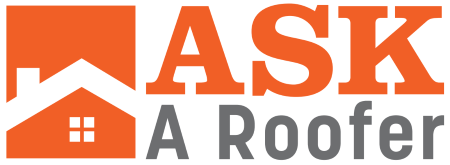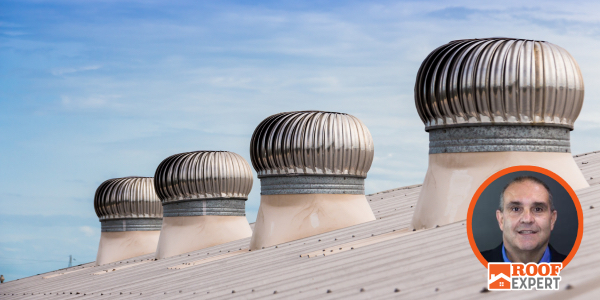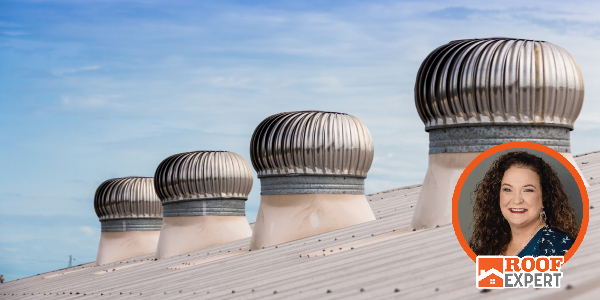The hidden risks of poor roof ventilation: Mold, condensation and structural damage
June 8, 2025 at 6:00 a.m.AAR Expert John Kenney says that proper roof ventilation is not just a technical detail, it's a fundamental part of protecting your building and investment.
Roofing systems are designed to protect, insulate and manage moisture, but even the most advanced materials won't perform as intended without one critical component: proper ventilation. While often out of sight, ventilation is vital in maintaining a healthy, long-lasting roof system. When poorly designed, blocked or overlooked, the long-term consequences can include mold growth, condensation issues, energy inefficiency and structural damage.
Ventilation helps regulate temperature and moisture levels within a roof system or attic. A properly ventilated roof uses intake vents (typically at the soffit or lower edge) and exhaust vents (like ridge vents or fans) to allow air to flow continuously. This helps manage humidity, reduce heat buildup and prevent moisture from becoming trapped beneath the roof deck or inside attic insulation.
When ventilation is insufficient or unbalanced, moisture from inside the building rises and condenses on cooler surfaces, such as the underside of the roof deck. Over time, this leads to water buildup that compromises materials and creates ideal conditions for mold. Mold and mildew can spread through sheathing, insulation and framing, often unnoticed until the damage is done. In commercial buildings, condensation may drip from low-slope decks onto ceilings or equipment, causing water stains, corrosion or disruption to operations.
Beyond indoor air quality concerns, trapped moisture can lead to serious structural problems. Wooden components may begin to rot, weakening the integrity of the roof framing. Metal fasteners can corrode, and insulation can become damp, losing thermal resistance. This reduces energy efficiency and increases the risk of leaks and early system failure.
Energy performance is another hidden cost of poor ventilation. In warm climates, hot, stagnant attic air drives up indoor temperatures, placing extra load on air conditioning systems. In cold climates, inadequate ventilation can lead to ice dam formation as a result of uneven roof temperatures caused by trapped heat. Ice dams can damage shingles, gutters and the underlying structure, leading to expensive repairs.
Improper roof ventilation often stems from installation errors, such as using the wrong vent type, failing to balance intake and exhaust or blocking soffit vents with insulation. Older buildings may have inadequate airflow by design while reroofing projects sometimes overlook ventilation altogether.
To prevent these issues, contractors should evaluate ventilation as part of every roof inspection, replacement or new installation. For residential roofs, a common rule is to provide 1 square foot of net free vent area per 300 square feet of attic space, balanced between intake and exhaust. Internal moisture loads and building use must be carefully considered for commercial low-slope systems. Buildings like gyms, kitchens and manufacturing plants often require special vapor control strategies to manage condensation risks.
In some cases, especially where natural ventilation is difficult, additional measures such as installing vapor barriers, mechanical fans or dehumidification systems may be needed. Collaboration between roofing contractors, HVAC professionals and architects is key for complex structures or energy-efficient building designs.
The consequences of poor ventilation aren't always immediate. They develop quietly over time, resulting in costly repairs, health risks and reduced roof life. However, with proper attention to airflow design and maintenance, many of these issues can be avoided entirely.
In summary, proper roof ventilation is not just a technical detail. It's a fundamental part of protecting your building and investment. Whether you're a homeowner replacing your roof or a commercial building owner maintaining a large facility, ensure ventilation is part of the conversation. It's a simple detail with a major long-term impact.
John Kenney is the CEO of Cotney Consulting Group. Read his full bio here.












Comments
Leave a Reply
Have an account? Login to leave a comment!
Sign In